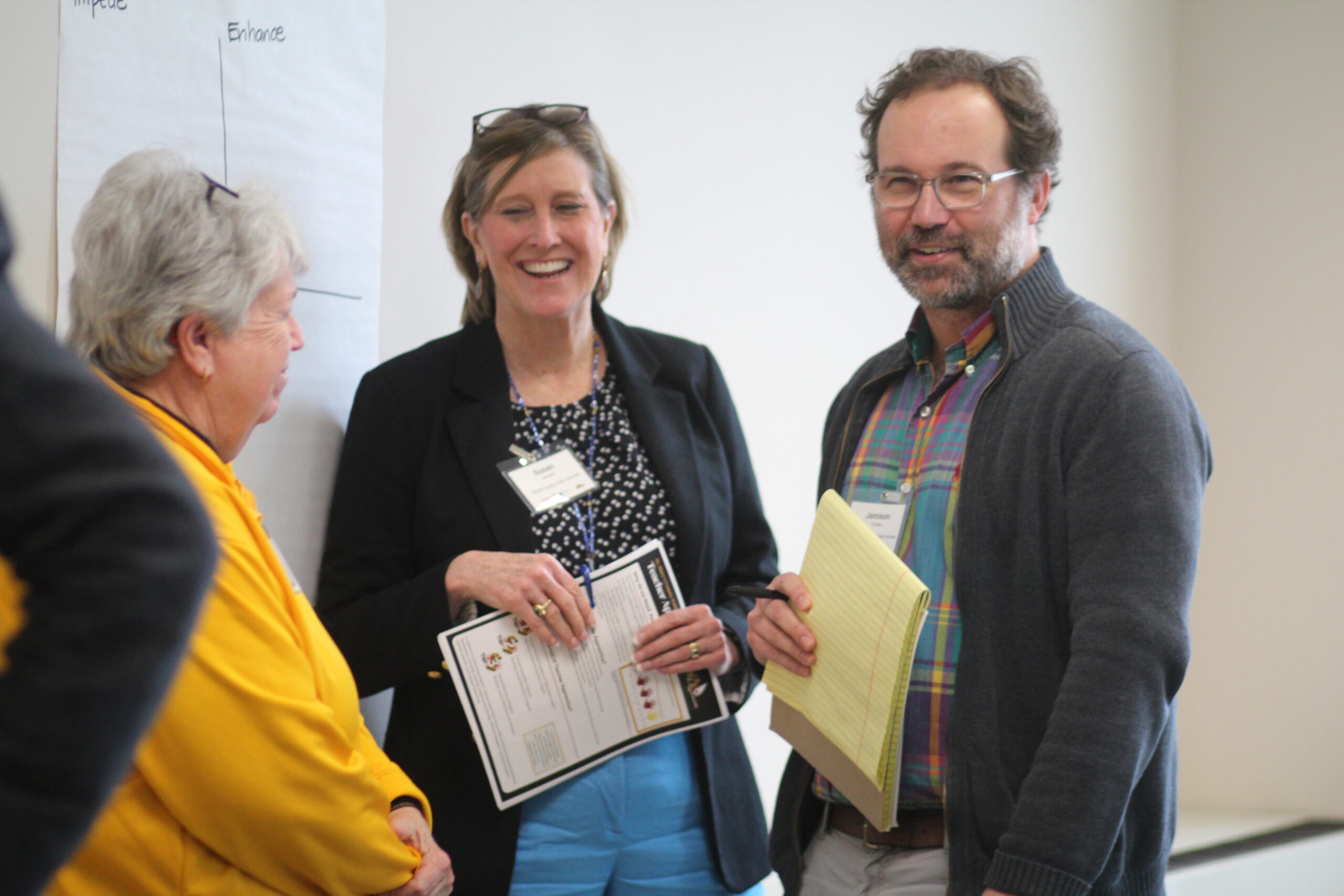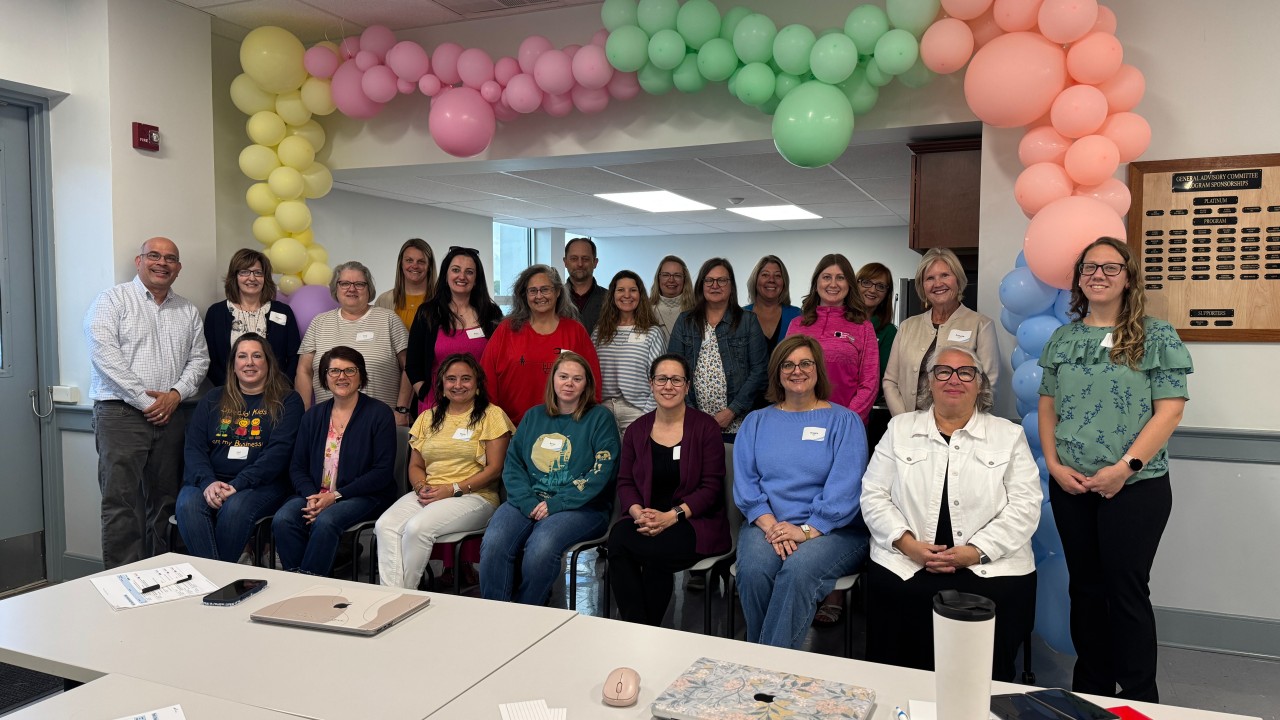
By Amy Morton, Senior Designer, Policy, NCEE
On a crisp March morning at the University System of Maryland’s Southern Maryland campus, a powerful coalition of over eighty educators and policymakers gathered—to reimagine the future of teaching in Southern Maryland.
This was the Second Annual Teacher Pipeline Summit, where more than 22 organizations came together with one shared goal: to transform the teacher workforce by increasing the quantity, quality, and diversity of educators serving K-12 students across the region.
Many of the leaders present had been working shoulder-to-shoulder since the inaugural summit in April 2024, laying the groundwork for sustainable partnerships that bridge the region’s school systems and higher education institutions.
Among the attendees were thought leaders from public schools, professional associations, state agencies, and higher education institutions, including the Blueprint for Maryland’s Future Accountability & Implementation Board, Calvert County Public Schools, Charles County Public Schools, College of Southern Maryland, Education Association of Charles County
Education Association of St. Mary’s County, Educator Registered Apprenticeship Intermediary, Maryland Governor’s Office for Children, Maryland Higher Education Commission, Maryland Labor Apprenticeship and Training Program, Maryland State Department of Education, Maryland State Education Association, Notre Dame of Maryland University, Professional Standards and Teacher Education Board (PSTEB), PSSAM, St. Mary’s College of Maryland, St. Mary’s County Public Schools, The National Center on Education and the Economy (NCEE), Towson University, University of Maryland and University System of Maryland at Southern Maryland—evidence of the multi-level commitment to this local initiative.
Kicking off the summit, Dr. Jennifer Lynch, Associate Vice Chancellor at USM, made a landmark announcement: a new, flexible online licensure program tailored for conditional teachers—those already in the classroom without full certification.
Participants spent the day diving deep into four key teacher licensure pathways:
- Teacher Academy of Maryland for high school students aspiring to be educators
- Registered Teacher Apprenticeship for support staff stepping into lead roles
- 2+2 Program combining community college and four-year institutions
- Conditional Teacher Licensure for career changers or non-traditional entrants
Each pathway team examined five core design elements crucial to building effective programs—from job-embedded learning to data-driven improvement cycles and user-friendly access to program information. They confronted conditions that impede moving these design elements into practice and spotlighted enablers that support change—naming both the challenges and the catalysts that could shape progress.

Design Priorities for Building Strong Teacher Pathways
- 1
Teacher preparation program coursework and assignments are job-embedded and competency-based.
- 2
The assessment measures and evaluation tools used within the teacher preparation program are aligned to those used by the school district employer.
- 3
Qualitative and quantitative data relating to applicants, enrollment, program completion, hiring and placement, and other criteria are collected, analyzed, and used to improve the program every year.
- 4
A process for continuous improvement of the teacher preparation program is co-designed and implemented by key identified stakeholders.
- 5
Teacher preparation program participants can easily access and navigate resources that explain the opportunities, requirements, and costs associated with the program.
In an afternoon shift, participants regrouped—not by pathway, but by design principle. The resulting synthesis sparked not only understanding, but action.
From this analysis, several key action steps emerged that will set the agenda for the coming year. New work groups will be formed and will meet throughout 2025-2026 continuing to advance Southern Maryland’s efforts to improve teacher quality, quantity and diversity across the region.
The Southern Maryland Teacher Pipeline Summit was more than a gathering—it was a declaration of collective intent. Grounded in the local realities of schools and communities, and guided by the principles of effective system design, participants are forging a path forward that is both practical and profound. It was about rethinking how educators enter the profession, how they’re supported, and how systems can work in concert to elevate the profession itself. What emerged from this summit was a shared commitment: to build a teacher pipeline that is inclusive, resilient, and reflective of the students it serves.




